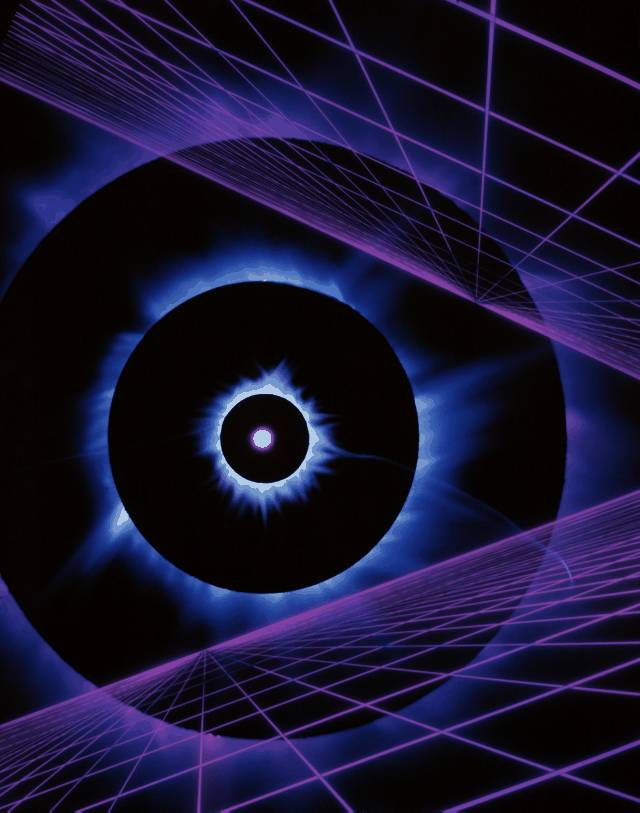
www.universetoday.com
Space Itself May Have Created Galaxies
According to new research, the earliest seeds of structures may have been laid down by gravitational waves sloshing around in the infant universe.
Cosmologists strongly suspect that the extremely early universe underwent a period of exceptionally rapid expansion. Known as inflation, this event expanded the universe by a factor of at least 10^60 in less than a second. Powering this event was a new ingredient in the cosmos known as the inflaton, a strange quantum field that ramped up, drove inflation, and then faded away.
Inflation didn’t just make the universe big. It also laid down the seeds of the first structures. It did so by taking the quantum foam, the subatomic fluctuations in spacetime itself, and expanding that along with everything else. Slowly over time those fluctuations grew, and hundreds of millions of years later they became the first stars and galaxies, ultimately leading to the largest structure in the universe, the cosmic web.
But mysteries remain. We do not know the identity of the inflaton, or what powered it, or why it turned off when it did. And we have no conclusive evidence that inflation actually happened.
So researchers are always looking for alternatives, especially ones that don’t invoke some new and mysterious ingredient. In a recent paper, a team of astrophysicists describe a model where inflation happens, leading to the large-scale structure of the universe, all without an inflaton.
The model described by the researchers is set in the backdrop of an expanding universe that is accelerating in its expansion, just like the modern-day universe is. In that expanding universe, the quantum foam releases gravitational waves. Those ripples in space spread outwards, colliding with each other and amplifying themselves.
Gravitational waves usually can’t create structures on their own, but the researchers found that in certain special cases the gravitational waves can amplify each other in just the right way. When that happens, the imprints they make in space are nearly the same at a wide variety of length scales.
This is precisely what cosmologists observe in the cosmic microwave background, the leftover light from the early universe. This radiation contains a faint impression of the echoes of inflation, and it shows that whatever set the seeds of structure, it had to have that kind of pattern.
There are slight differences between the kinds of structures generated in this inflation-without-inflaton scenario and traditional inflation. In this first paper, the researchers did not yet calculate how strong those differences are, but an important next step is to explore the observational consequences of this model and see if it’s worth investigating further.
The post Space Itself May Have Created Galaxies appeared first on Universe Today.














